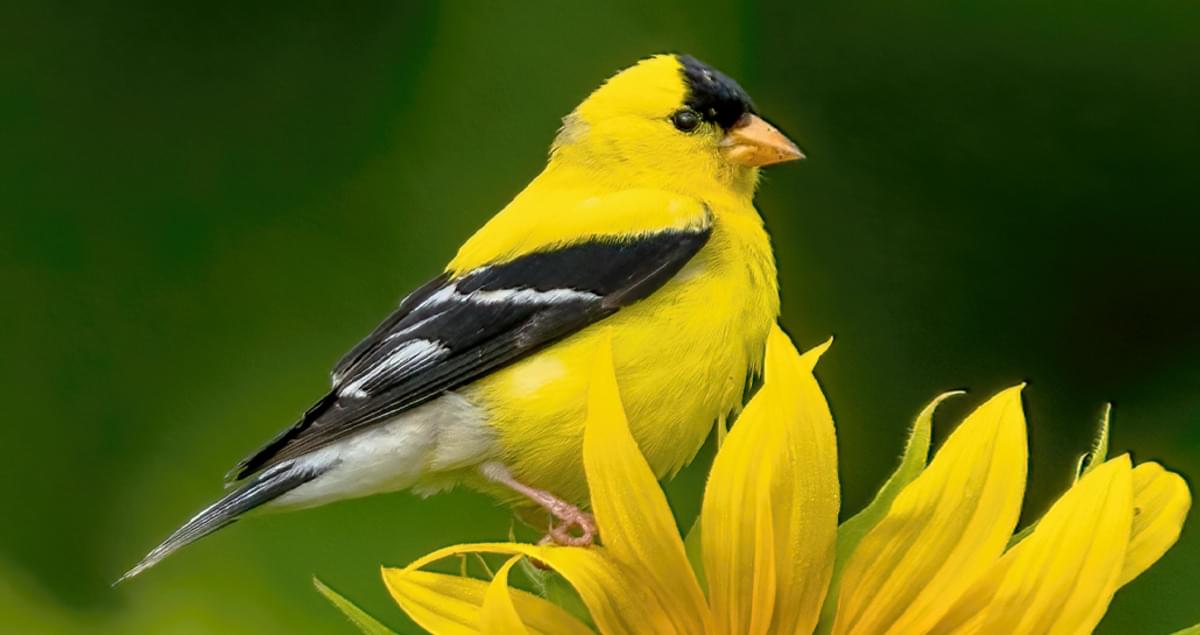
The hare, also known as a jackrabbit or a bunny, is a fascinating creature that has captured the imaginations of people all over the world. With their long ears and powerful hind legs, hares are known for their incredible speed and agility. But there is much more to these animals than meets the eye. In this article, we will explore 12 fascinating facts about hares that will leave you in awe of their unique characteristics and behavior. From their impressive leaping ability to their remarkable adaptations for survival, hares are truly remarkable creatures. So, get ready to hop into the world of hares and discover some interesting insights about these furry, lovable creatures.
Key Takeaways:
- Hares are fast, agile, and can leap up to 10 feet in a single bound. They have excellent hearing and vision, and their unique communication methods help them thrive in various habitats.
- Hares play a crucial role in ecosystems by controlling plant growth. They have a unique reproductive strategy and are masters of camouflage, blending into their surroundings for protection.
The Hare is a Fast and Agile Creature
Hares are known for their incredible speed and agility, allowing them to easily outrun predators. With their long hind legs and lightweight bodies, hares can reach speeds of up to 45 miles per hour.
Hares are Found in Various Parts of the World
The Hare is a widespread species, inhabiting different regions across the globe. They can be found in North America, Europe, Asia, and Africa, adapting to various climates and habitats.
Hares Have Exceptional Jumping Abilities
One fascinating fact about hares is their remarkable jumping abilities. They can leap up to 10 feet in a single bound, which helps them navigate through their natural environment effortlessly.
Hares are Herbivorous Animals
These furry creatures have a strict herbivorous diet, feeding on grass, herbs, and various plant materials. Their specialized digestive systems allow them to efficiently extract nutrients from plant matter.
They Have a Unique Mode of Communication
Hares use a combination of vocalizations, body movements, and scent markings to communicate with each other. These communication methods help them establish territorial boundaries and attract potential mates.
Hares are Solitary Animals
Unlike rabbits, hares are primarily solitary animals. They prefer to live and forage alone, only coming together during the breeding season.
Hares have Excellent Hearing and Vision
With their large ears and eyes positioned on the sides of their head, hares have exceptional hearing and vision. This helps them detect potential threats and predators from a distance.
They Have a Unique Reproduction Strategy
When it comes to reproduction, hares have a unique strategy. Females have the ability to conceive during mating, with a phenomenon called superfetation, allowing them to have multiple litters in a single breeding season.
Hares Can Swim
Contrary to popular belief, hares have the capability to swim. Although they usually avoid water, if necessary, they can use their powerful hind legs to paddle and stay afloat.
They are Masters of Camouflage
Hares have evolved excellent camouflage techniques to blend into their surroundings. Their fur coloration matches the environment they inhabit, providing them with the perfect disguise from predators.
Hares are Rapid Breeders
Hares are known for their rapid breeding abilities. They have a gestation period of approximately 35 days, and females can give birth to a high number of offspring, known as leverets.
Hares Play an Important Role in Ecosystems
As herbivores, hares play a crucial role in shaping and maintaining ecosystems. By grazing on vegetation, they help control plant growth and contribute to the overall balance of the ecosystem.
These were just 12 fascinating facts about hares. From their incredible speed and agility to their unique reproductive strategies, hares are truly remarkable creatures that have captivated the interest of humans for centuries.
Whether they are found in the fields of North America or the savannas of Africa, hares continue to thrive and adapt to their environments, showcasing the resilience and beauty of the animal kingdom.
Conclusion
In conclusion, hares are fascinating creatures that are known for their incredible speed, leaping ability, and unique behavior. With their distinctive long ears, powerful hind legs, and quick reflexes, hares have evolved to survive in various environments around the world. Their adaptation skills, reproductive strategies, and dietary preferences make them a vital part of the ecosystem. Whether you encounter a hare in the wild or simply admire them from afar, these 12 interesting facts about hares highlight their remarkable characteristics. From their impressive running speed to their intricate social structures, hares continue to captivate animal enthusiasts worldwide. By understanding and appreciating these marvelous creatures, we can ensure their conservation and the preservation of their natural habitats for generations to come.
FAQs
1. What is the difference between a hare and a rabbit?
While hares and rabbits may look similar, there are key differences between them. Hares are typically larger in size, have longer hind legs, and are faster runners compared to rabbits.
2. How fast can hares run?
Hares are incredibly fast runners, capable of reaching speeds up to 45 miles per hour (72 kilometers per hour).
3. Do hares hibernate?
No, hares do not hibernate. They remain active throughout the year, even in colder climates.
4. What do hares eat?
Hares are herbivores, and their diet consists mainly of grasses, herbs, and bark. They also consume twigs and crops.
5. Are hares social animals?
Hares can be both solitary and social, depending on the species and environmental conditions. They are known to form social groups called “droves” during certain times of the year.
6. How do hares communicate?
Hares communicate through various means, including vocalizations, body language, and scent marking.
7. How do hares defend themselves?
When threatened, hares rely on their speed and agility to escape predators. They can also use their sharp claws and powerful hind legs to defend themselves.
8. How long do hares live?
Hares typically live for about 3 to 5 years in the wild, although some species may live longer in captivity.
9. Do hares have predators?
Yes, hares have several natural predators, including foxes, wolves, birds of prey, and larger carnivores.
10. How do hares reproduce?
Hares have a short gestation period of about 35 to 42 days. They are known for their ability to produce multiple litters in a year, with each litter consisting of 1 to 8 leverets (baby hares).
11. Can hares swim?
While hares are not natural swimmers, they can swim if necessary. However, it is not their preferred method of travel.
12. Are hares endangered?
Many hare species are considered of least concern in terms of conservation status. However, specific hare species may face threats and decline in certain regions due to habitat loss and hunting.
Hares are truly remarkable creatures, but how do they compare to their close relatives, rabbits? Snowshoe hares, in particular, have some incredibly fun and unique characteristics that set them apart. For those interested in more obscure animals, the enigmatic Hare Indian Dog is sure to pique your curiosity with its fascinating history and traits.
Was this page helpful?
Our commitment to delivering trustworthy and engaging content is at the heart of what we do. Each fact on our site is contributed by real users like you, bringing a wealth of diverse insights and information. To ensure the highest standards of accuracy and reliability, our dedicated editors meticulously review each submission. This process guarantees that the facts we share are not only fascinating but also credible. Trust in our commitment to quality and authenticity as you explore and learn with us.


